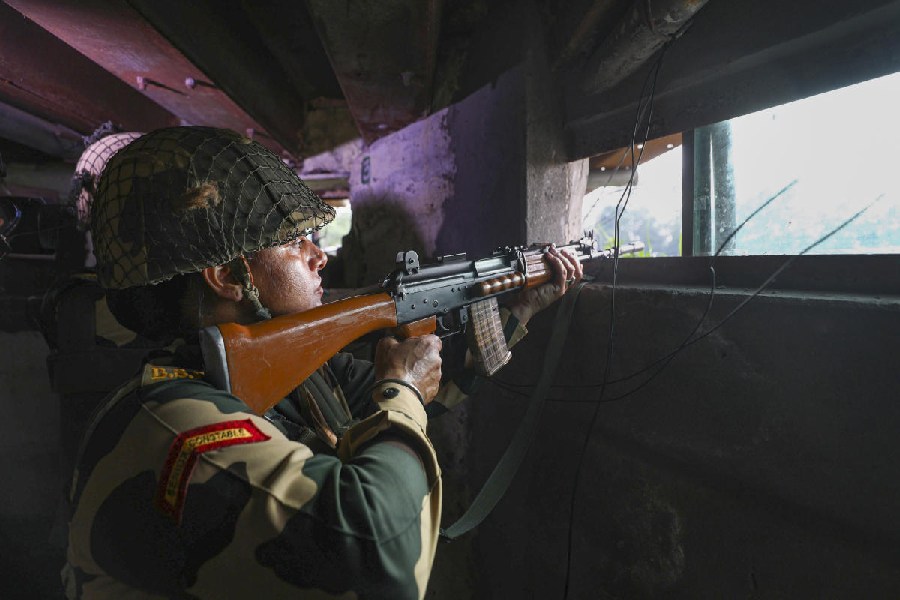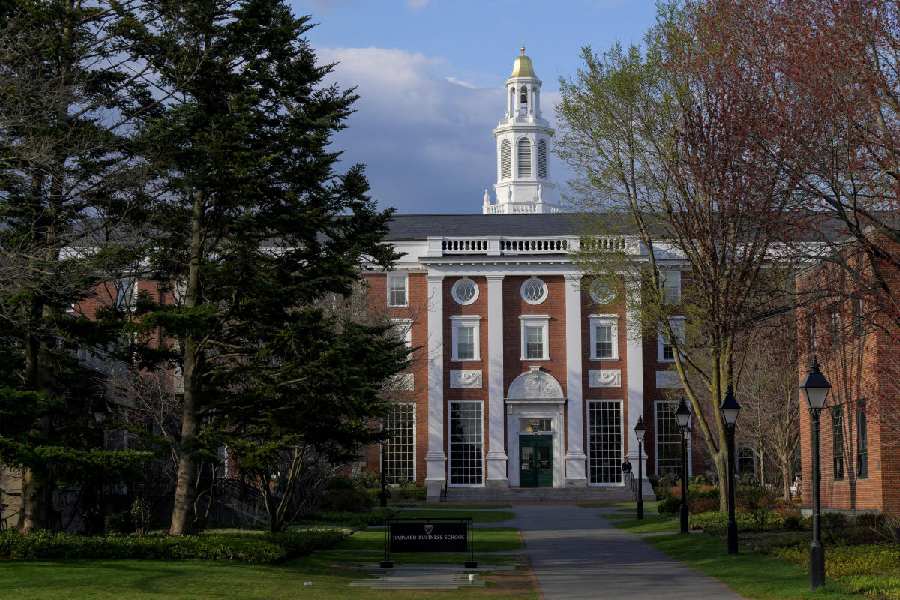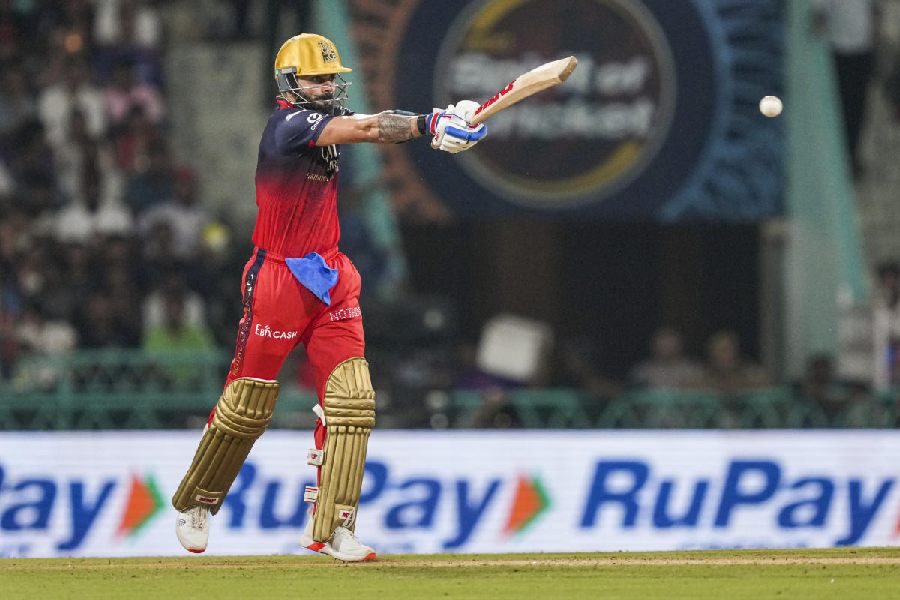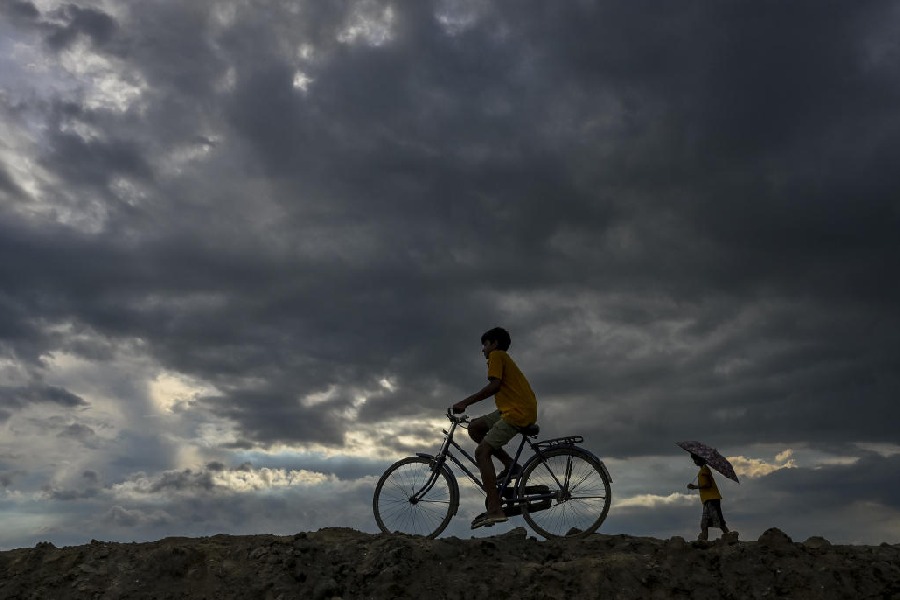
Every city has the sense that it is the most literary of places. Visit any Indian metro and writers and readers will reel off a set of classics set in its chaotic present or sepia-washed past. It is therefore with a keen awareness of possible bias that I state: Calcutta is the stuff stories are made of, it’s a city of literature long before Unesco thought of such a term. Dare I say, it is the city of literature in India. If Bombay has its Maximum City, Calcutta has its City of Joy and much more! And the Calcutta books don’t stop coming! Two relatively new books are Kalkatta by Kunal Basu, and the reprint of Krishna Dutta’s acclaimed Calcutta: A Cultural and Literary History. A publisher once swore that he would go on holiday if he had to read (yet) another “tortuous novel about a tormented youth in tattered Calcutta”.
But writers can’t seem to resist this muse called Calcutta — across languages. Only a few years ago, K.R. Meera, a Malayali novelist, set her award-winning Araachar in Calcutta. The novel was later translated into Hangwoman and reached a national audience. Cinema, regrettably, has been less than kind to the city. For example, in The Avengers a few years ago, Bruce Banner (Hulk) was saving a child from a terrible, unnamed disease in Calcutta when he was asked to report back to the First World.
Fortunately, literature has more nuanced and varied depictions of the city — five examples of which are here. These books simply had to be Calcutta novels.

THE SHADOW LINES BY AMITAV GHOSH
The expanding skyline of south Calcutta as it takes over the idyllic horizon of wetlands and paddy fields; Tridib’s haunts in Golpark; May calling a pheriwala who filled mattresses with cotton to play a tune on the instrument he seeks business with — Calcutta comes alive in so many achingly visual passages of this much-loved novel. No wonder then that successive generations of readers ask Ghosh about this book, even when he is speaking about climate change and predicting terrible catastrophes in the future! It’s as though this lovingly painted canvas of fiction is more real than Ghosh’s very legitimate concerns for the future of the planet. Therein lies the power of The Shadow Lines, in the way the reader enters the novel and lives with its characters as they crisscross time and place. The book travels to other cities, including Dhaka, for its climax, but the nerve centre and the tender heart of the novel is firmly located in Calcutta. And if there is one character who encapsulates all the opinion, funda, indolence and charisma of a Calcutta “rawk star” it has to be Tridib. Surely, this intensely visual novel was never made into a film only because no actor would be wonderful enough to play Tridib. [Or is there? Who would you cast as Tridib? Tell t2@abp.in]

A STRANGE AND SUBLIME ADDRESS BY AMIT CHAUDHURI
This quiet and arresting debut novel is about Calcutta, yet is so much more than that. I have spent my school vacations in Madras, not Calcutta, but the echoes of a young child roaming around placid adults and in moody automobiles did strike a nostalgic chord when I first read it. That said, there is no denying that it is clearly Calcutta that mesmerises the young protagonist, who, in turn, compels the reader to love the city in its ’60s and ’70s avatar. There are startling images that dot this exquisitely crafted book, and one that remains with the reader is how the letters of the Bengali alphabet with their curves and arches become a symbol of the city for young Sandeep. Chaudhuri wrote a collection of essays, Calcutta: Two Years in the City, two decades after his debut novel. It is unfair to compare essays to a novel as delicately and lovingly mounted as A Strange and Sublime Address, but it simply did not have the lightness and innocence of the 1991 novel. Calcutta has changed, and clearly, so has the author’s vision of it.

THOSE DAYS BY SUNIL GANGOPADHYAY (TRANSLATION OF SHEI SOMOY BY ARUNA CHAKRAVARTI)
This is a novel that has all the sweep of a Victorian saga, enough coincidences to make Manmohan Desai weep, ample doses of soap opera-style melodrama and yet it all holds splendidly, thanks to the depiction of Calcutta of the late 1800s. The magnificence of Calcutta, the aura of historical characters like Vidyasagar and Michael Madhusudan Dutt, the pomp of the palaces and pleasure houses, the squalor, disease and poverty on the streets, all combine to make this an unbeatable depiction of Calcutta when it was the second city of the Empire. Chakraborty’s translation, done in close collaboration with the author, is eminently readable for those who can’t read the Bengali original, Shei Somoy.

THE LIVES OF OTHERS BY NEEL MUKHERJEE
If Amit Chaudhuri’s debut novel gave us Calcutta on a platter of affection peppered with nostalgia, reflections and lovingly eccentric relatives, The Lives of Others is like a neat shot — bitter, bracing, yet exhilarating. The Naxalite era, poverty in the city and politics in the kitchen are all part of this novel that made it to the Booker shortlist a few years ago. Calcutta is not pretty in this novel, and neither are her inhabitants, from bitter, cross-eyed sisters-in-law to lost dopey youngsters. However, few English novels have ventured into Naxalite territory and this one marches in, armed with research as well as the author’s own familiarity with this world. The Lives of Others is a tough book that looks unflinchingly at a very difficult part of the city’s history.

A DEAD HAND — A CRIME IN CALCUTTA BY PAUL THEROUX
Staying with less than complimentary depictions of Calcutta, Theroux’s whodunit uses the decay and decrepit buildings of Calcutta to reflect the writer’s block the book’s hero is going through. Like Calcutta, Theroux’s hero, Jerry Delfont, has seen better days and is desperately working on reinvention. Theroux takes a cursory look at Calcutta’s problem of being seen only as Mother Teresa’s city of the dying and destitute but eventually concludes that anybody who does not hate India simply has not lived here long enough. Exasperating yet unputdownable, here, too, is a critical look at Calcutta.

The Underground Railroad by Colson Whitehead: Awarded the Pulitzer Prize in fiction this week, it is a deeply moving and engrossing story of one slave’s journey from plantation to freedom. Whitehead makes the secret network of Whites and free slaves a real railroad which becomes a metaphor for the incredible bravery of slaves as well as those who worked to free them. The novel is not for the faint-hearted but it shows how well-catalogued history can come alive as a well-told story.
If they have a good book, bibliophiles are known to shut out the world around them.
The Bibliopath is the Queen Mother of this tribe. She will write a monthly column in t2oS.
Talk to her at t2onsunday@abp.in










